IDENTIFYING SNAKES AND LIZARDS – The Basics
Color and overall body morphology are, of course, the most obvious methods of species identification. But what happens when those characteristics merge too closely for normal observation? And what about those species that display wide color variations within the same species? That’s when the professionals and intensely interested amateurs move to less obvious indicators. This naturally requires a closer observation and effort but for those of us fascinated by such things it’s an act of joyful discovery. The National Audubon Society Field Guide to Reptiles and Amphibian lists about 20 species of garter snakes, the most common serpent in North America. All are very similar although many have distinct size and color differences. In some cases the differences are not so obvious, however. Arrangement of the ventral and dorsal scales would be the first thing to look for followed by a closer look at the head scales.
A similar situation exists with lizards. The agama family of lizards includes a huge number of species and sub species, some extremely similar in appearance yet with distinct differences between the male and female. And to make matters even more complicated there may be differences in mating colors and the color of the reptile depending on temperature and breeding availability.
<
>

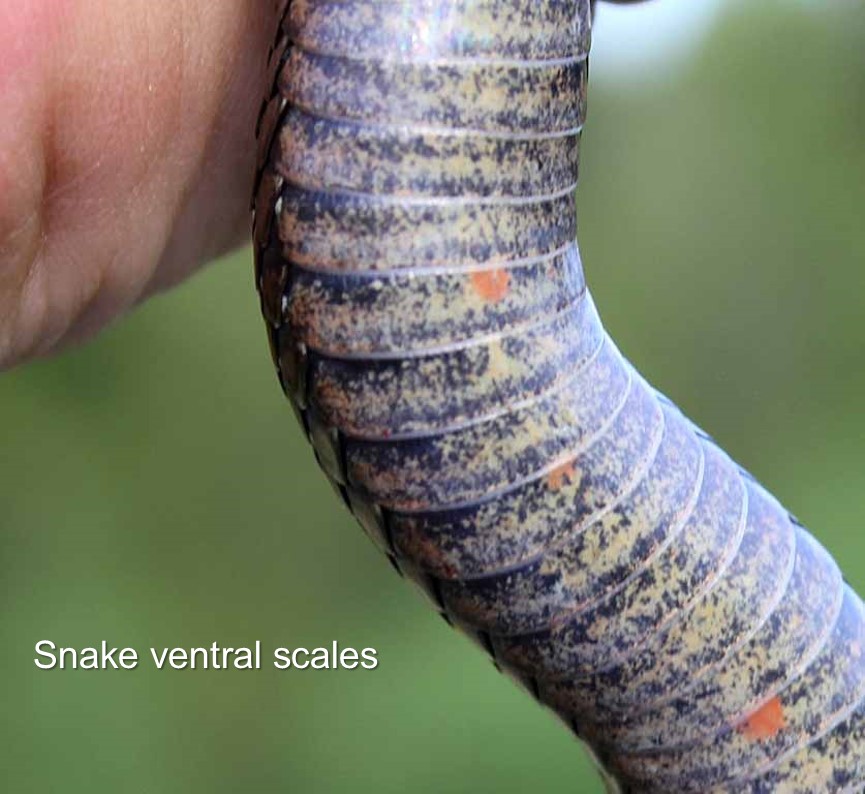
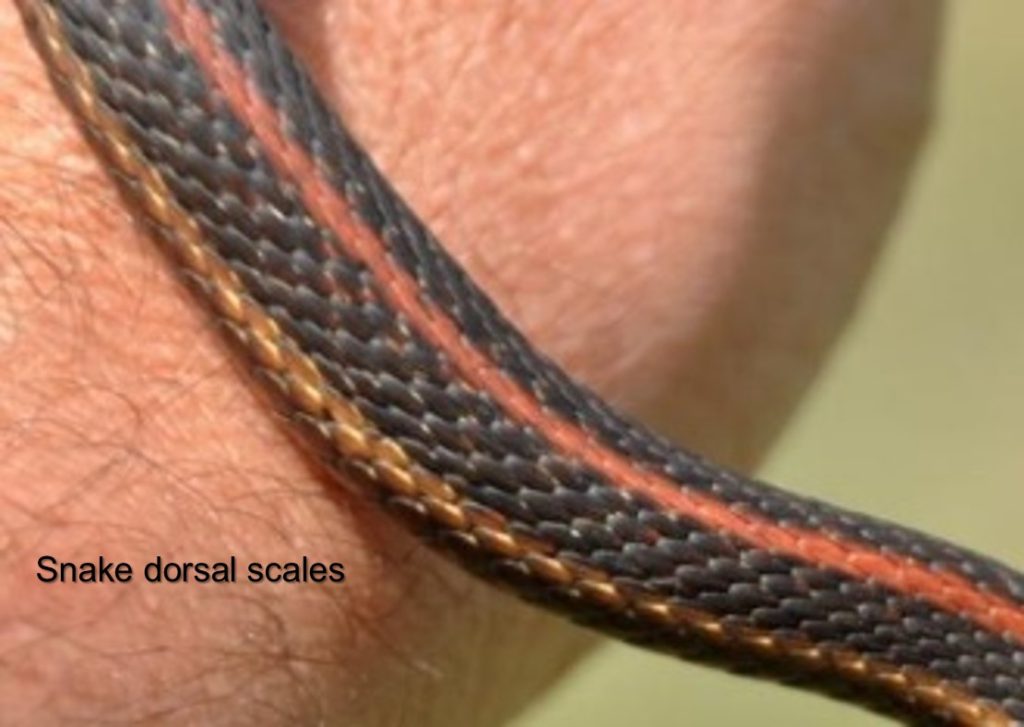
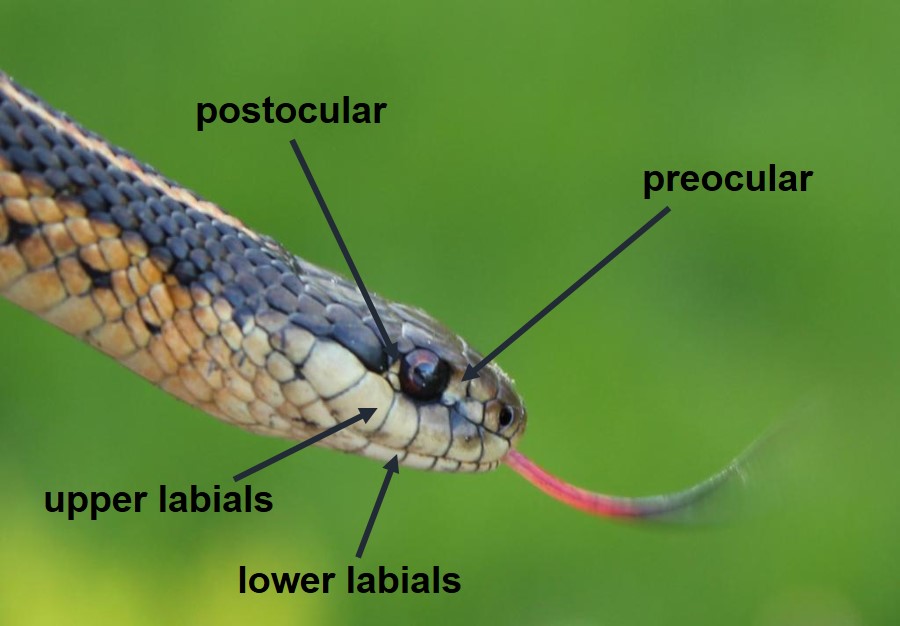
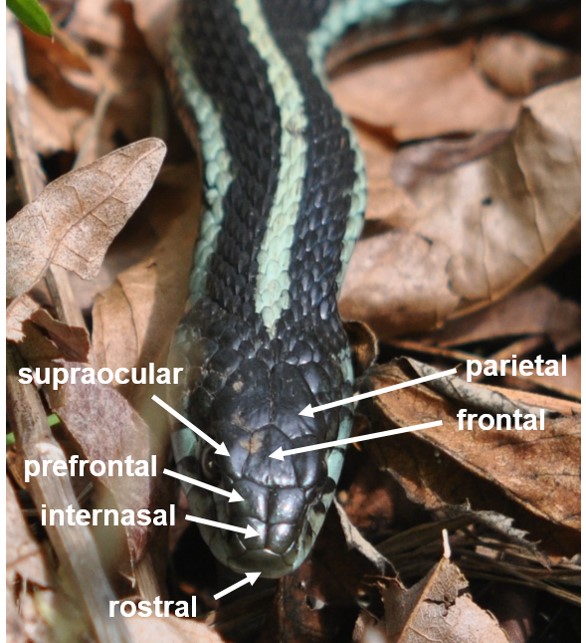
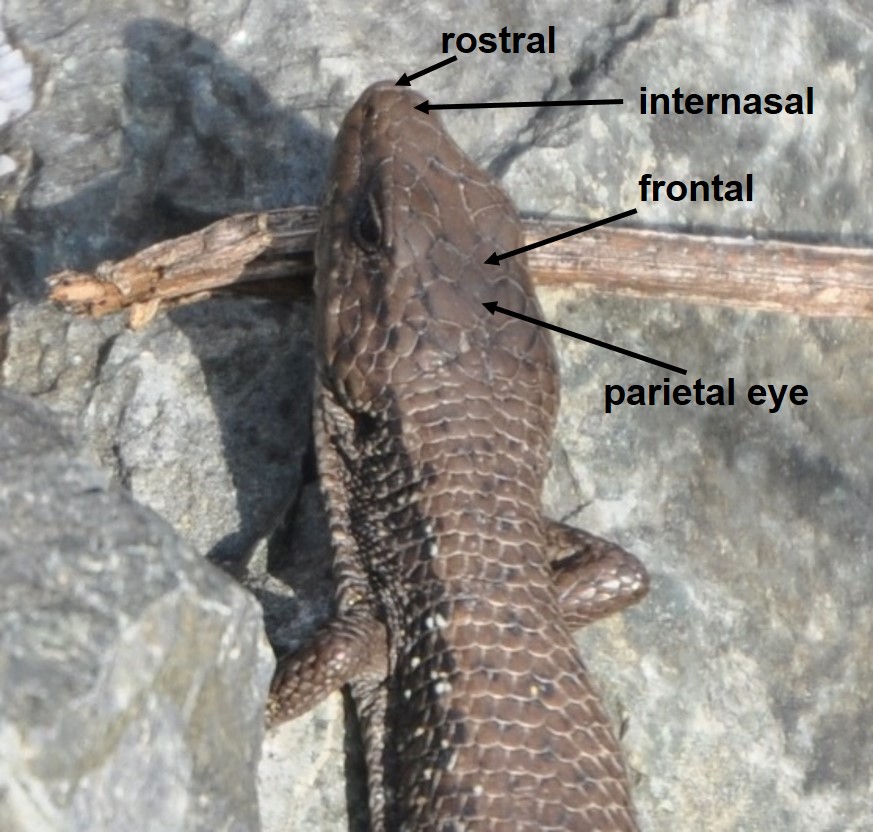
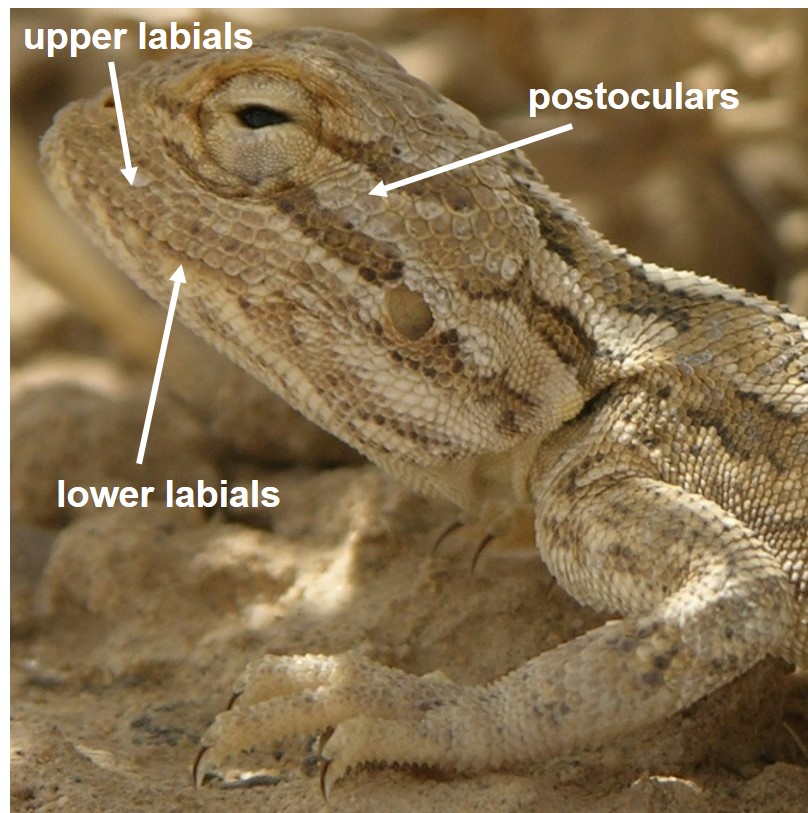
Leave a Reply
You must be logged in to post a comment.